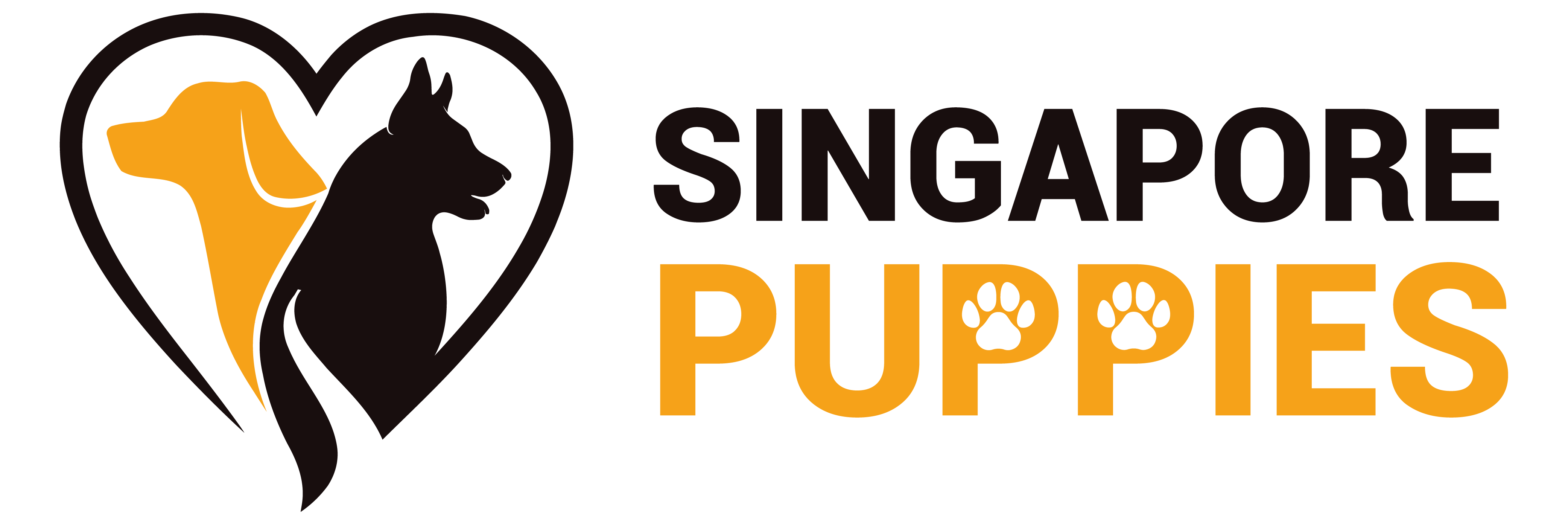The Sad Truth About Dogs and Babies (And How to Avoid Disaster)
A while back, I saw a post in a parenting subreddit.
A new dad wrote:
“Our dog was always super sweet…until we brought home the baby.
Now he won’t go near her. He just sulks in the corner.
I tried putting her on the floor near him so he could ‘get used to her,’ but he just left the room. What do we do?”
This is one way dogs react.
Some get anxious. Some get clingy. And some?
They don’t just avoid the new baby or pet—they see them as a problem.
Not because they’re aggressive. Not because they’re “bad dogs.”
But because dogs hate surprises.
Why Most People Get This Wrong
Most owners think a new baby or pet just needs time.
So they let the dog “figure it out” on their own.
Or worse, they force interactions—putting the baby right in the dog’s space, making them sit near each other, or scolding the dog for reacting nervously.
But here’s what they don’t realize:
- A new baby or pet completely changes the dog’s environment, routine, and place in the pack.
- Dogs don’t automatically see a baby as part of the family—they see them as an unknown.
- The way you introduce them determines whether your dog will accept, tolerate, or resent the new arrival.
The Right Way to Introduce a Baby or Pet
If you want your dog to accept a new family member, here’s what you need to do:
1. Start Before They Arrive
Your dog should already be used to baby smells and sounds before they meet.
- Play baby sounds at a low volume while rewarding calm behavior.
- Let them sniff baby blankets or clothes before the baby comes home.
- Adjust feeding and walking routines beforehand so they don’t associate big changes with the baby itself.
With a new pet, do the same thing: bring home a blanket or toy with their scent before the first meeting.
2. Control the First Introduction
The first meeting is everything. If your dog has a bad experience, it can take months to undo.
- Keep your dog on a leash—not to restrain them, but to guide the interaction.
- Let them observe first instead of forcing them to engage.
- Use treats and praise to build a positive association.
- Watch their body language: stiff posture, avoiding eye contact, or excessive licking means they need more time.
3. Give Your Dog an “Escape Route”
One of the biggest mistakes people make?
They don’t give their dog a way to disengage.
If a dog feels trapped, they’re more likely to react defensively.
Instead:
- Allow your dog to leave the situation if they feel overwhelmed.
- Create a baby-free (or pet-free) space where they can retreat and decompress.
4. Watch for These Subtle Warning Signs
Most dogs give plenty of signals before they growl or snap—but people miss them.
Look for:
- Whale eye (when you see the whites of their eyes)
- Stiff body posture
- Yawning, lip licking, or excessive blinking
- Turning their head away but keeping the baby/pet in sight
These are early warning signs that your dog is uncomfortable. If you see them, slow down.
5. Make Sure Your Dog Feels Secure
A lot of dogs don’t react badly to a baby or pet—they react to suddenly feeling neglected.
If all your attention shifts to the new arrival overnight, they might associate that change with resentment.
To prevent this:
- Stick to their normal routines as much as possible.
- Set aside dedicated one-on-one time with your dog.
- Give them small wins—obedience commands, treats, and playtime—to keep them engaged and happy.
When we brought our daughter, Nora, home last year, our dog, Moon, did not take it well.
I made a lot of mistakes.
But once I fixed them, everything changed.
If you want to make sure your dog actually accepts a new baby or pet, I share exclusive training tips to help dog owners avoid the biggest mistakes before they happen.
Join my email list and get practical, no-BS strategies straight to your inbox.

